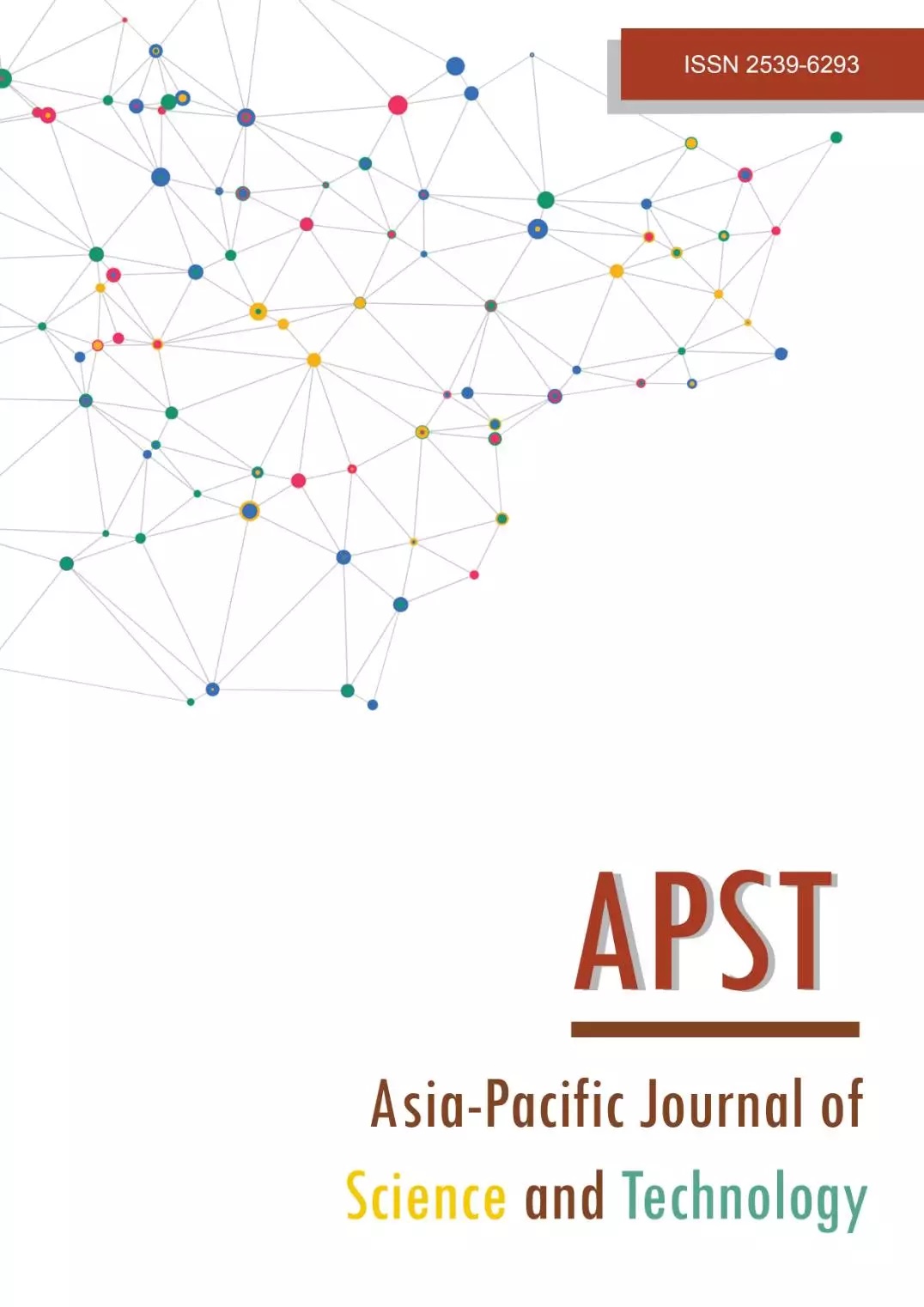ECG based cardiac disorder classification using MobileNetV3 and LSTM
Main Article Content
Abstract
The early recognition of cardiovascular diseases is very important to stave off their development. An effective test such as the electrocardiogram (ECG) can be performed at the first sign of a problem. The objective of this study is to foster a framework that can classify heart disease using MobileNetV3 and Long Short-Term Memory (LSTM). The proposed framework is proficient in keeping up with stateful data for exact predictions. The performance has been analyzed with other extended convolutional neural network (CNN) architectures. The presented methodology is performed on the Research Resource for Complex Physiologic Signals dataset and beat other methods by achieving more than 89.62% accuracy. Its robustness in perceiving the abnormalities is a lot quicker with practically 3 times lesser calculations than the traditional MobileNet architecture outcomes in insignificant analytical endeavors. The experiments conducted on the system revealed that it performed well in terms of classification and dimensionality reduction, also indicated that it could help diagnose and monitor patients efficiently.
Article Details

This work is licensed under a Creative Commons Attribution-NonCommercial-NoDerivatives 4.0 International License.
References
Chen C, Hua Z, Zhang R, Liu G, Wen W. Automated arrhythmia classification based on a combination network of CNN and LSTM. Biomed Signal Process Control. 2020;57:101819.
Acharya UR, Oh SL, Hagiwara Y, Tan JH, Adeli H. Deep convolutional neural network for the automated detection and diagnosis of seizure using EEG signals. Comput Biol Med. 2018;100:270-278.
Jin KH, McCann MT, Froustey E, Unser M. Deep convolutional neural network for inverse problems in imaging. IEEE Trans Image Process. 2017;26 (9):4509-4522.
Mporas I, Tsirka V, Zacharaki EI, Koutroumanidis M, Richardson M, Megalooikonomou V. Seizure detection using EEG and ECG signals for computer-based monitoring, analysis and management of epileptic patients. Expert Syst Appl. 2015;42(6):3227-3233.
Golrizkhatami Z, Acan A. ECG classification using three-level fusion of different feature descriptors. Expert Syst Appl. 2018;114:54-64.
Wang Y, Fu J, Wei B. A novel parallel learning algorithm for pattern classification. SN Appl Sci. 2019;1(12):1-2.
Debnath T, Hasan MM, Biswas T. Analysis of ECG signal and classification of heart abnormalities using artificial neural network. The 9th International Conference on Electrical and Computer Engineering; 2016 Dec 20-22; Dhaka, Bangladesh. New Jersey: IEEE Xplore; 2016. p. 353-356.
Krittanawong C, Bomback AS, Baber U, Bangalore S, Messerli FH, Tang W. Future direction for using artificial intelligence to predict and manage hypertension. Curr Hypertens Rep. 2018;20(9):1-6.
Rad AB, Zabihi M, Zhao Z, Gabbouj M, Katsaggelos AK, Särkkä S. Automated polysomnography analysis for detection of non-apneic and non-hypopneic arousals using feature engineering and a bidirectional LSTM network. ArXiv.org. 2019; Sep: arXiv-1909. doi.org/10.48550/arXiv.1909.02971.
Bizopoulos P, Koutsouris D. Deep learning in cardiology. IEEE Rev Biomed Eng. 2018;12:168-193.
Kiperwasser E, Goldberg Y. Simple and accurate dependency parsing using bidirectional LSTM feature representations. Trans Assoc Comput Linguist. 2016;4:313-327.
Milletari F, Navab N, Ahmadi SA. V-net: fully convolutional neural networks for volumetric medical image segmentation. The 4th International Conference on 3D Vision (3DV). ArXiv.org. 2016; Jun: arXiv-1606. doi.org/10.48550/arXiv.1606.04797.
Liu P, Qiu X, Huang X. Adversarial multi-task learning for text classification. In: Barzilay R, Kan MY, editors. The 55th Annual Meeting of the Association for Computational Linguistics; 2017 July 30- Aug 4; Vancouver, Canada. Washington: The Association for Computational Linguistics (ACL); 2017. p.1-10.
Miao KH, Miao JH, Miao GJ. Diagnosing coronary heart disease using ensemble machine learning. Int J Adv Comput Sci Appl. 2016;7(10):1-2.
Ge H, Sun K, Sun L, Zhao M, Wu C. A selective ensemble learning framework for ECG-based heartbeat classification with imbalanced data. In: Zheng H, Callejas Z, Griol D, Wang H, Hu X, Schmidt H, et al, editors. IEEE International Conference on Bioinformatics and Biomedicine (BIBM); 2018 Dec 3-6; Madrid, Spain. New York: IEEE Xplore; 2018. p. 2753-2755.
Wosiak A, Karbowiak S. Preprocessing compensation techniques for improved classification of imbalanced medical datasets. In: Ganzha M, Maciaszek L, Paprzycki M, editors. Federated Conference on Computer Science and Information Systems (FedCSIS); 2017 Sep 3-6; Prague, Czech Republic. New York: IEEE Xplore; 2017. p. 203-211.
Batista GE, Prati RC, Monard MC. A study of the behaviour of several methods for balancing machine learning training data. SIGKDD Explor. 2004;6(1):20-29.
Altan G, Kutlu Y, Allahverdi N. A new approach to early diagnosis of congestive heart failure disease by using Hilbert-Huang transform. Comput Methods Programs Biomed. 2016;137:23-34.
Yekkala I, Dixit S, Jabbar MA. Prediction of heart disease using ensemble learning and Particle Swarm Optimization. In: Niranjan SK, Manvi SS, Kodabagi MM, Hulipalled VR, editors. The International Conference on Smart Technologies for Smart Nation (SmartTechCon); 2017 Aug 17-19; Bengaluru, India. New York: IEEE Xplore; 2017.p. 691-698.
Das R, Turkoglu I, Sengur A. Effective diagnosis of heart disease through neural networks ensembles. Expert Syst Appl. 2009;36(4):7675-7680.
Wang L, Zhou W, Chang Q, Chen J, Zhou X. Deep ensemble detection of congestive heart failure using short-term RR intervals. IEEE Access. 2019;7:69559-69574.
Wagner P, Strodthoff N, Bousseljot RD, Kreiseler D, Lunze FI, Samek W, et al. PTB-XL, a large publicly available electrocardiography dataset. Sci Data. 2020;7(1):1-15.
Howard A, Sandler M, Chu G, Chen LC, Chen B, Tan M, et al. Searching for MobileNetv3. The 17th International Conference on Computer Vision (ICCV); 2019 Oct 27-Nov 2; Seoul, Korea. (pp. 1314-1324).
Sherstinsky A. Fundamentals of recurrent neural network (RNN) and long short-term memory (LSTM) network. Phys D Nonlinear Phenom. 2020;404:132306.


